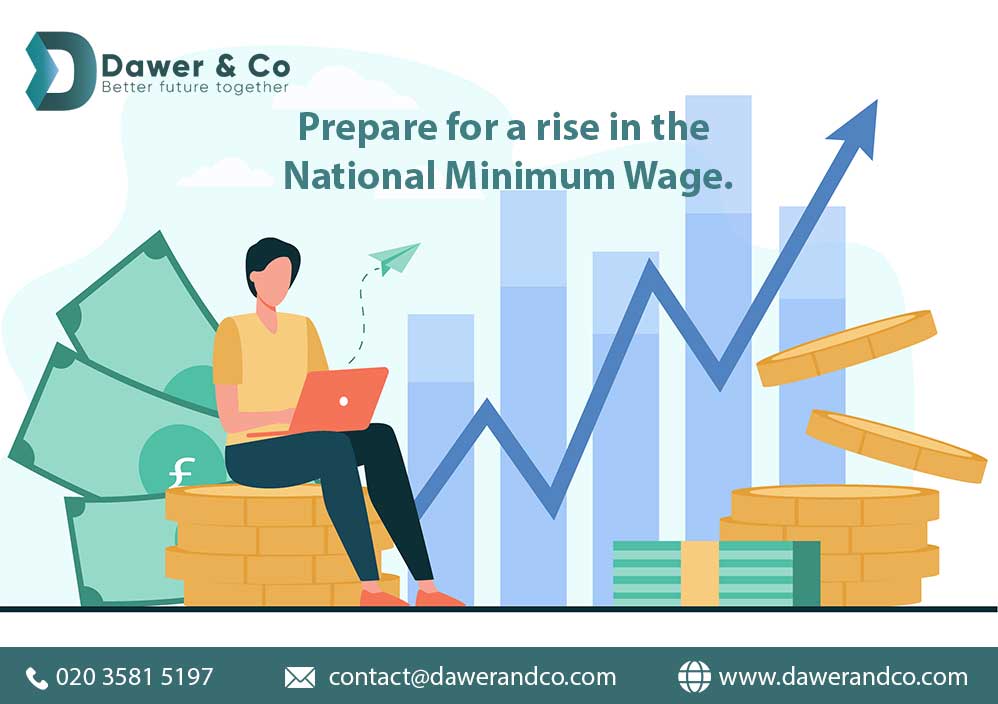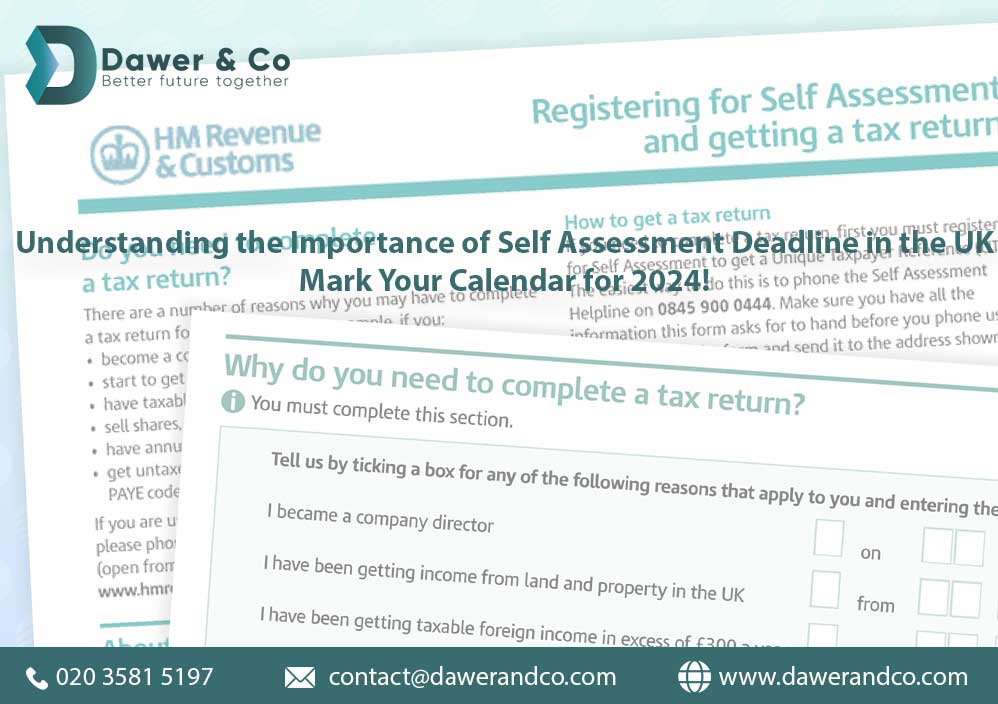The government will raise the National Living Wage (NLW) rate for employees aged 23 and above by 9.7% to £10.42 on April 1, 2023.
This is the highest monetary boost to the National Living Wage ever. Modifications to the various National Minimum Wage (NMW) rates, including percentage changes, are shown below.
| National Living Wage | 2022 rate | 2023 rate | % Nominal increase | Cash increase |
|---|---|---|---|---|
| 23 Year old and over | £9.50 | £10.42 | 9.7% | 92p |
| 21 to 22 Year old | £9.18 | £10.18 | 10.9% | £1 |
| 18 to 20 Year old | £6.83 | £7.49 | 9.7% | 66p |
| Under 18 Years | £4.81 | £5.28 | 9.8% | 47p |
| Apprentice | £4.81 | £5.28 | 9.8% | 47p |
| Accommodation offset | £8.70 | £9.10 | 4.6% | 40p |
Paying the National Minimum Wage is more complicated than just paying your employees the right amount. These are a few examples of hazards and typical reasons of underpayment:
deductions and payments for job-related items or expenses unpaid working time, such as team handovers between shifts or time spent passing through security checks on entry and exit incorrect use of apprenticeship rates, such as paying the minimum wage apprentice rate when the worker is not a genuine apprentice, or paying the minimum wage apprentice rate before or after a worker begins or ends their apprenticeship
For more information and guidance contact us






